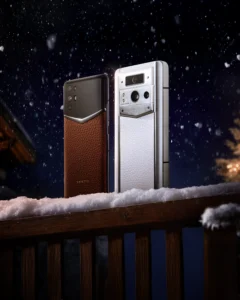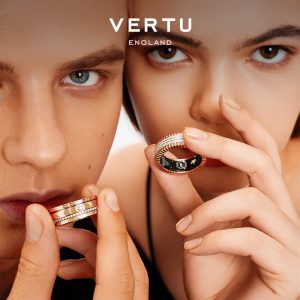At the beginning of 2024, a new popular aesthetic trend originating from South Korea has been on the hot search again, continuously bombarding people's eyes–
That's right, this time it's# Koreans already rolling their necks#.

What matches the “curly neck circumference” is that these men are in order to achieve the target figure of “double-door refrigerator.
“Double-door refrigerator”, as the name implies, refers to the male characters in South Korea cartoons with amazing proportions, small heads and shoulders, and similar to double-door refrigerators. I believe that many Chinese netizens, when they mention this word, will regard it as a two-dimensional exaggeration, an interesting stem and joke.
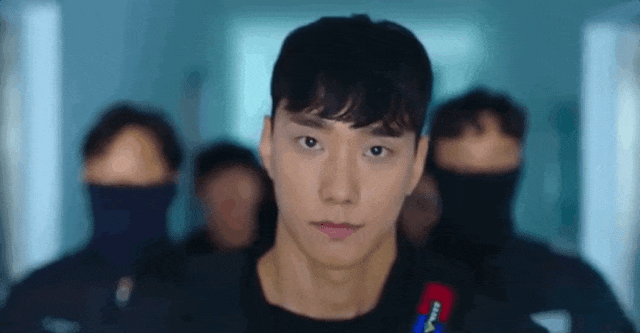
But who would have thought that it has long been not only a hot stem on the Internet, in real life, “a shoulder wider than a refrigerator” is actually the figure that South Korea men are most proud.
In order to achieve the “double-door refrigerator”, South Korea 24-hour gyms are blooming everywhere. Until midnight, shoulder exercises are still overcrowded.
The fitness effect is slow, and many people even start to “shoulder-long”, which is quite shocking–
In this project, a cosmetic surgeon makes a minimally invasive incision in the deltoid muscle. Through endoscopic technology, the subcutaneous and muscle of this area are separated, and then silicone prosthesis is implanted to achieve wide shoulder.
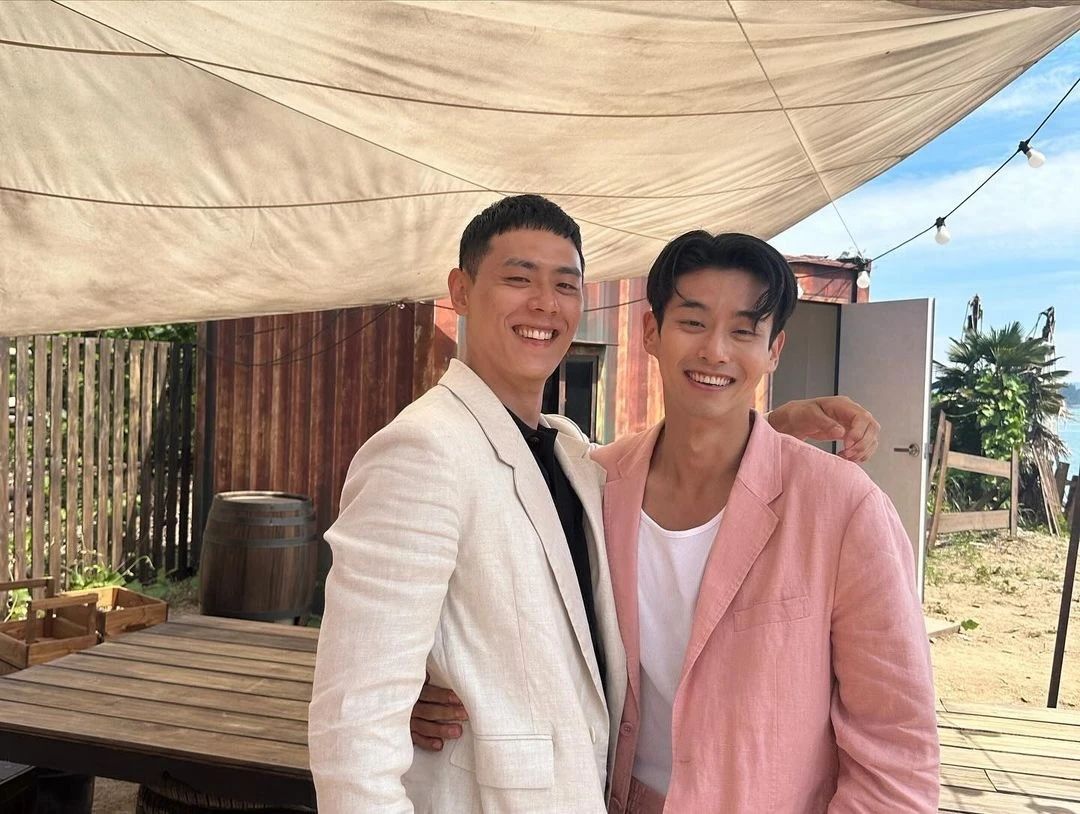
There are side effects too. For example, after the operation, the shoulder can no longer do too much exercise because of the prosthesis, and because the implantation position is shallow, it is also prone to displacement.
Even so, this did not stop South Korea men from loving beauty, and the appointment list was lined up very early.
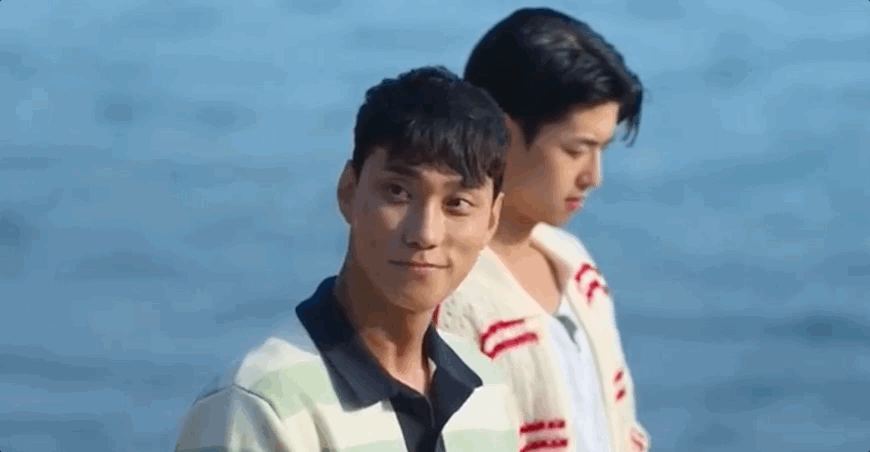
What's interesting is that in South Korea, even if you have achieved a “double-door refrigerator”-like figure through various efforts, it is not enough-because you still need to have a delicate face. In the South Korea popular aesthetics, these two Both are indispensable.
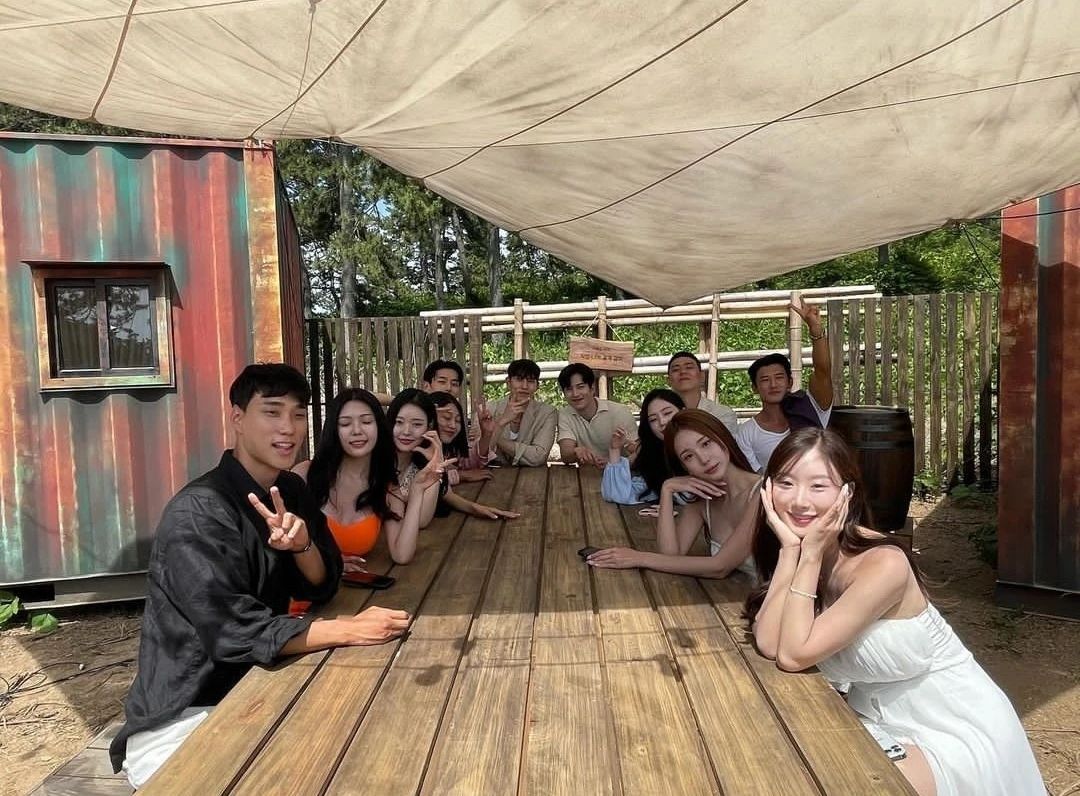
This is not an exaggeration. You will find that whether it is the male actors of Korean dramas, the various male love beans that triggered the KPOP wave, or even the male guests of “Single Is Hell 3” that just triggered a hot search… They are more or less All have such appearance characteristics.
Appearance level supremacy and collectivism
Even beyond stature, they are more curly skin.
In short, to a large extent, it stems from the extreme “beauty value supremacy” doctrine in South Korea society.
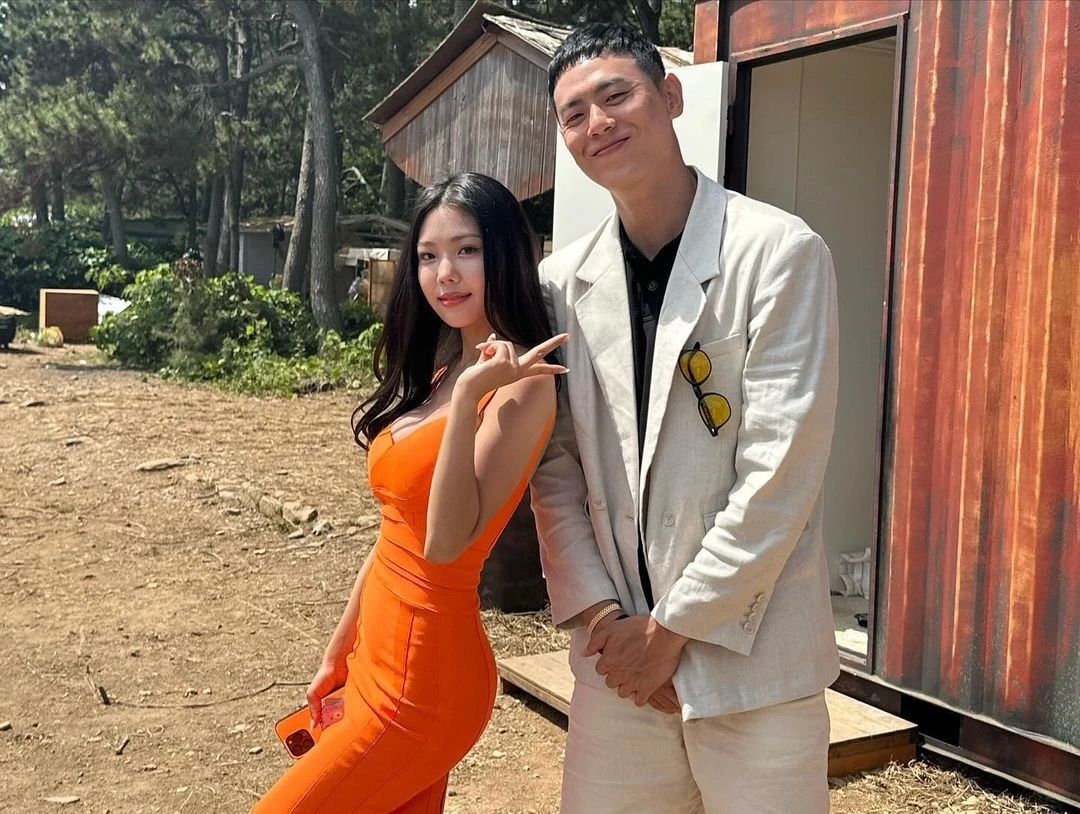
Data show that in the past 2023, the average consumption of skin care for men in South Korea ranked first in the world, more than twice as much as the second-ranked UK and the third-ranked Denmark, while the market size has grown to 1110 billion won (about 5.961 billion yuan) in 2023. You know, the male population in South Korea is less than 26 million. Over the past decade, male skincare consumers have grown by 44%.
75% of South Korea men have a beauty treatment at least once a week, and South Korea men use an average of up to 13.3 cosmetics per month.
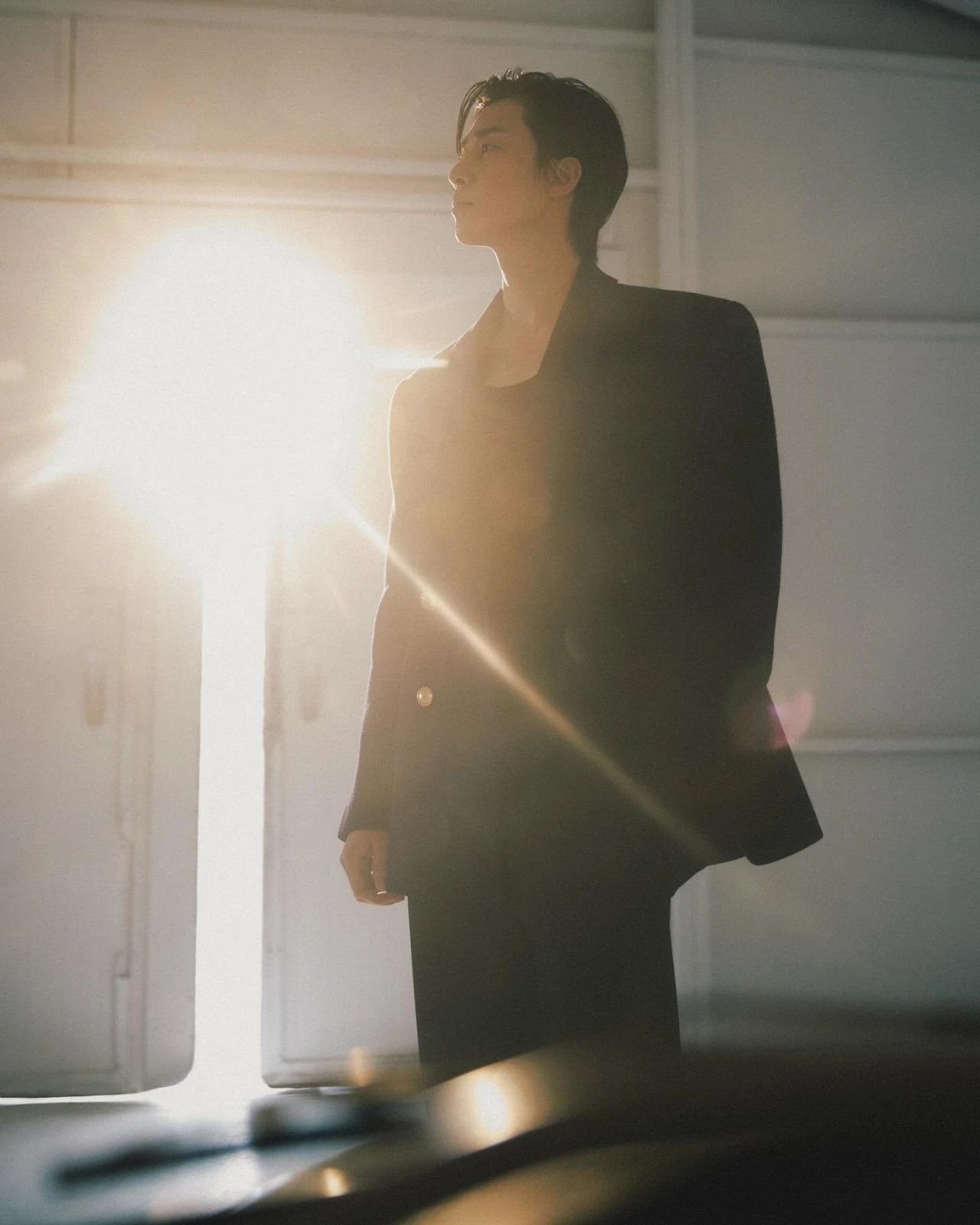
They really work on their faces.
And this kind of aesthetic inner volume does not only exist in men, even more so in women.

Regarding “Yan value first”, many Korean dramas actually reflect this principle on the side-you will often see that the protagonist was bullied by his classmates because he was not good-looking, and was bullied by his superiors and colleagues because he was not good-looking.
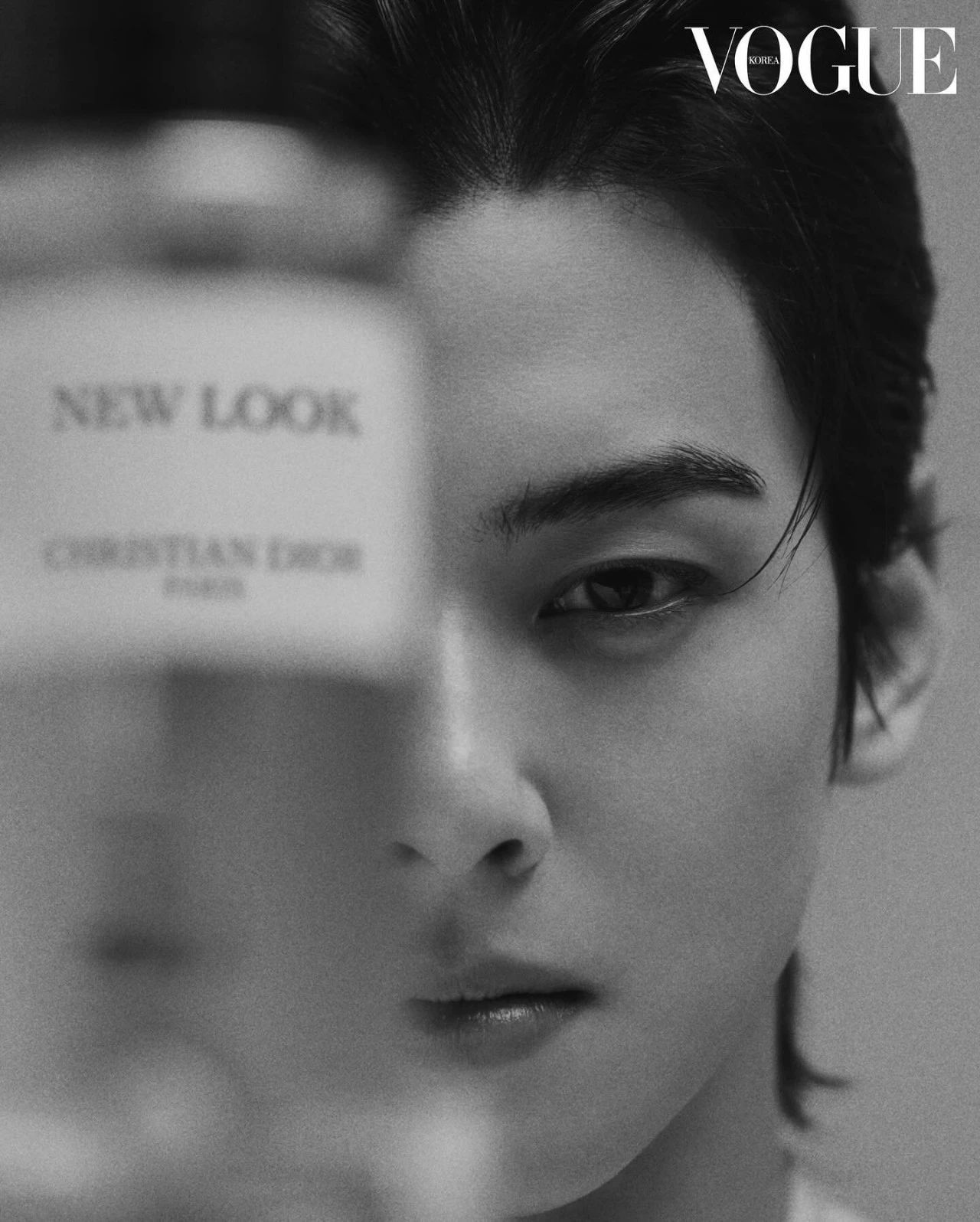
And change the appearance, can change life again.
Such screenwriters also have traces to follow in real life. After all, in South Korea social surveys, they seem to pay more attention to appearance than ability-98% of employees answered that appearance has a great influence on employment. HR, the enterprise that selects these applicants, also thinks so, because 94% of HR unanimously admit that appearance factors will be considered when hiring applicants.
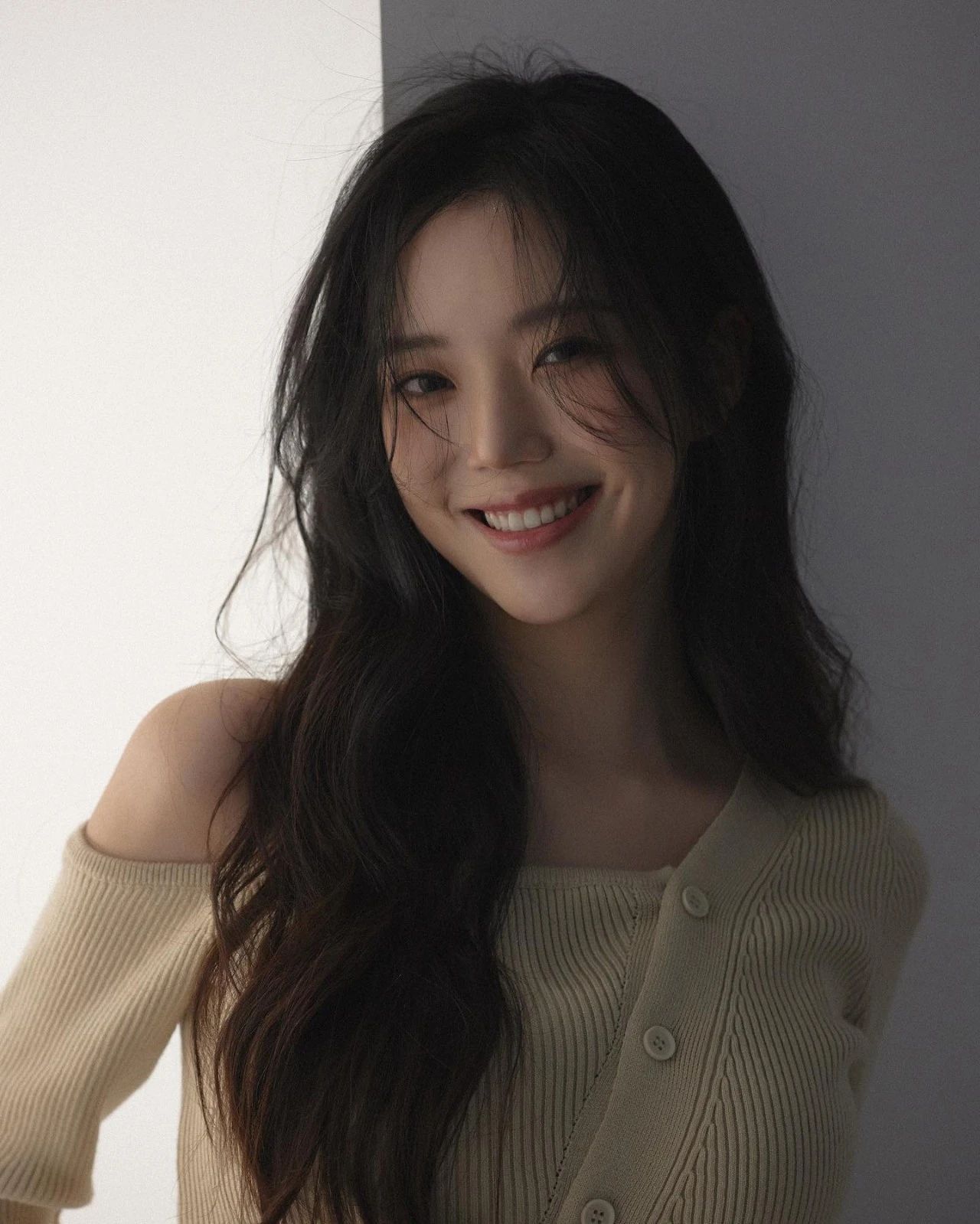
Yan value is not high, even can not find a job, so in order to make the interview more smoothly, many people will do “employment plastic surgery”.
Not only that, it is also generally influenced by “collectivism” and “predecessor culture”. In a South Korea society where hierarchical culture and authoritative consciousness prevail, you will be coerced by the collective involuntarily. When you are slightly different, you will bear great pressure.
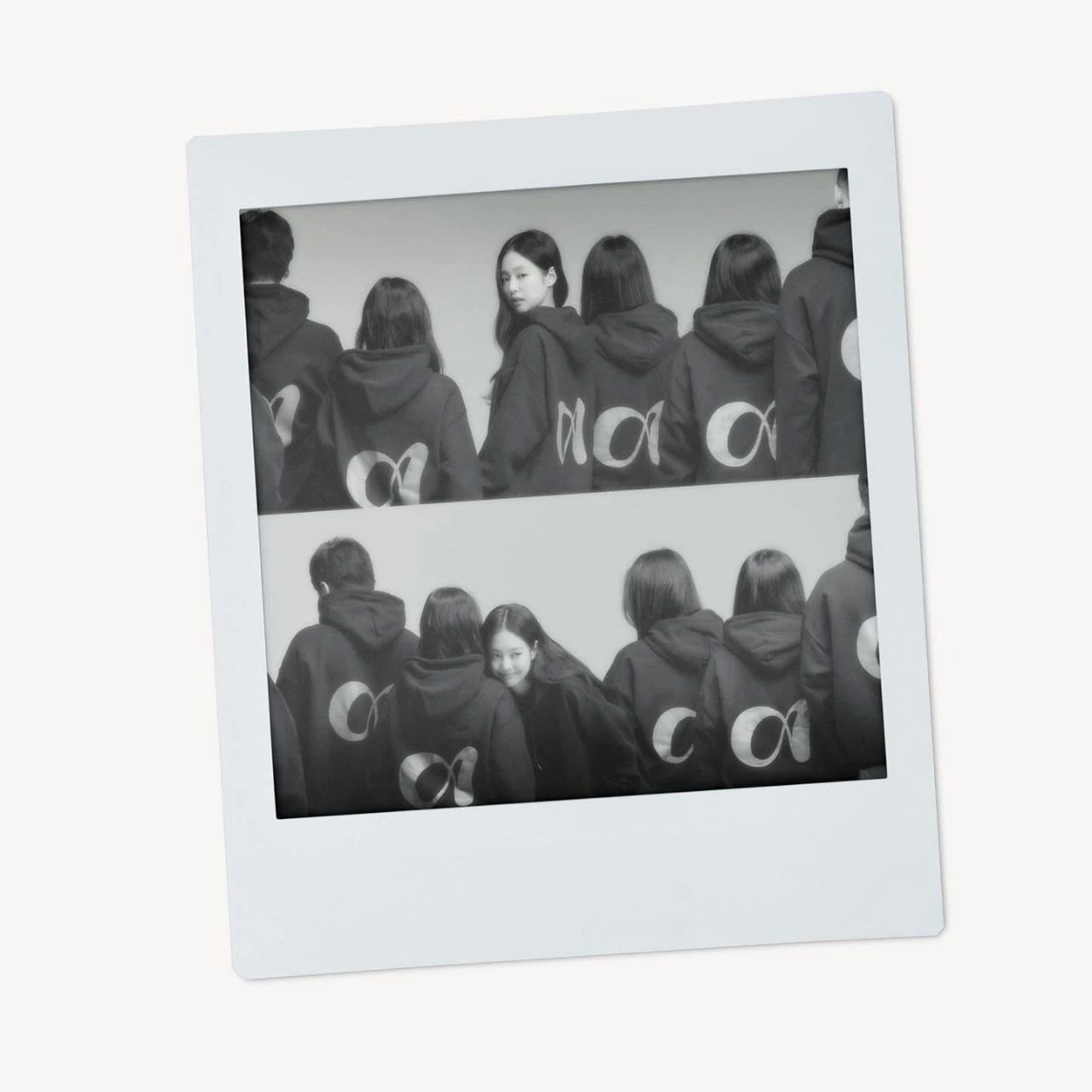
People here care about the opinions of others very much. Only when they become like everyone else in the collective can they get more sense of security.
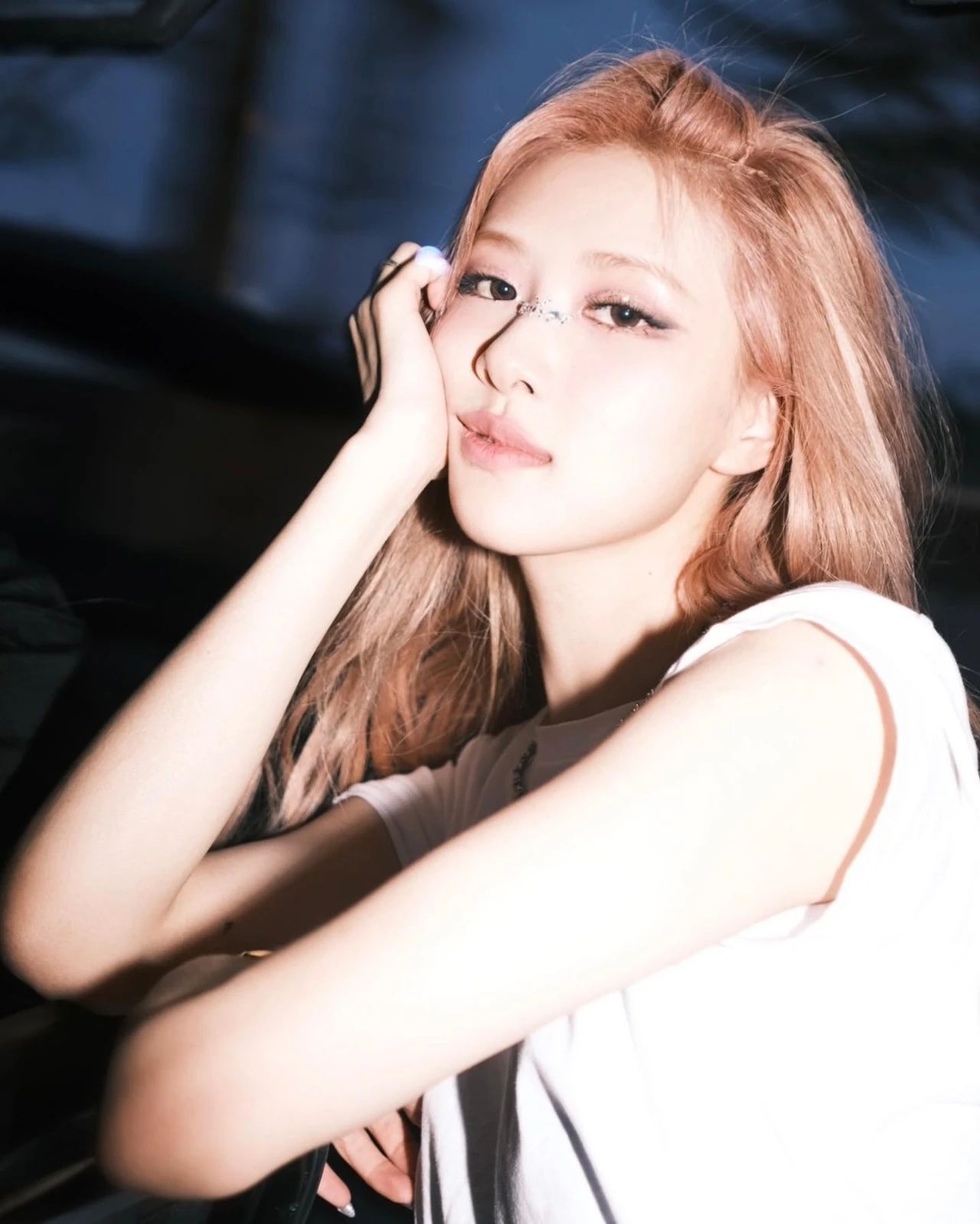
This is why, in South Korea, a certain kind of popular aesthetic can instantly evolve into group behavior.
But when “beauty” becomes a kind of pressure and oppression, it should trigger thinking.
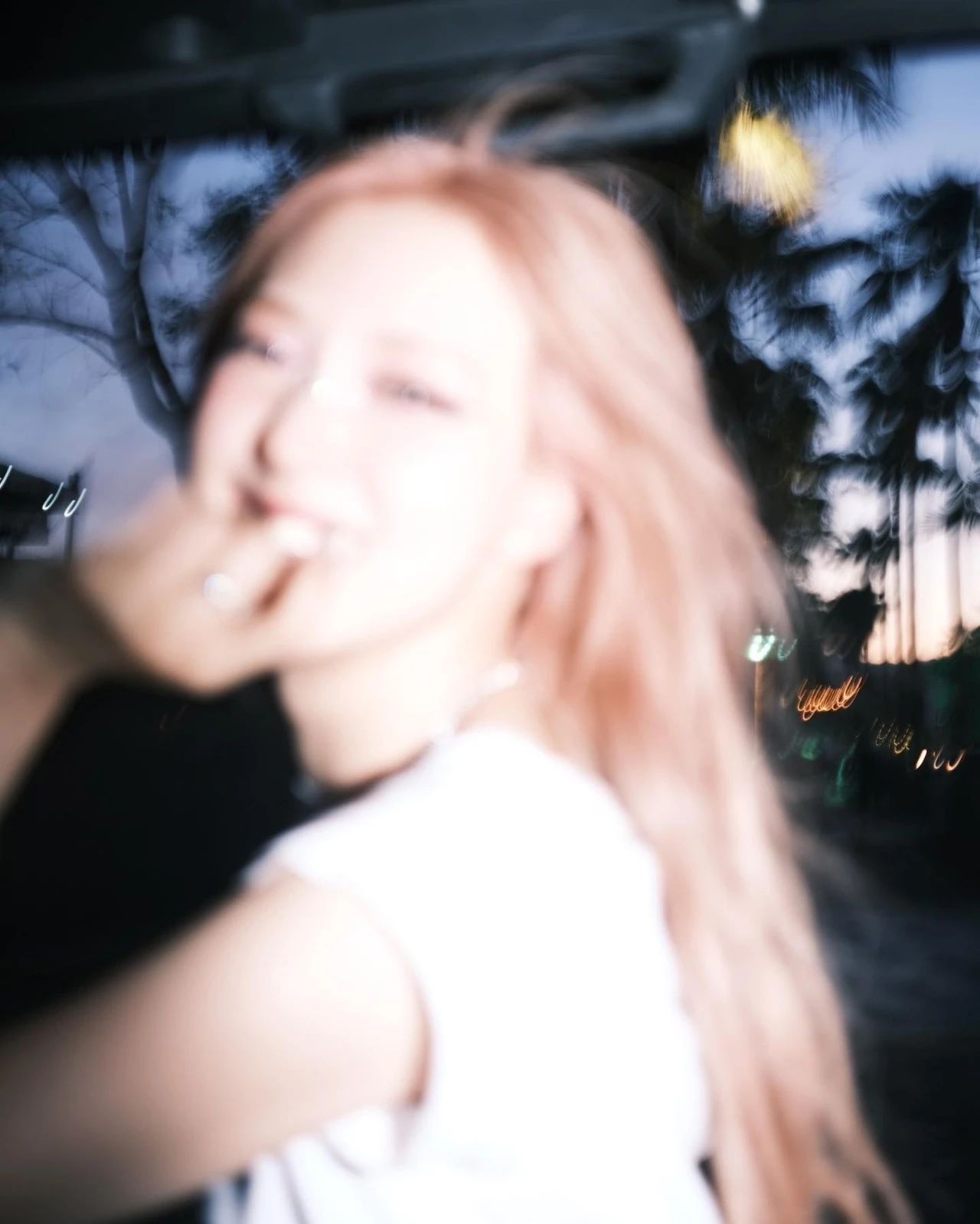
For example, not long ago, we also discussed with you, South Korea the latest popular aesthetic-“low mountain root”.
I don't know when the word was coined. Korean stars began to have a variety of low mountain root face representatives, South Korea beauty bloggers also began to teach everyone how to turn themselves into a low nose.
Under the inner scroll, sick beauty
This trend has even spread to China-in Little Red Riding Book and TikTok, “Korean low mountain root repair method”, “show the young state is necessary, low mountain root feeding teaching”, “more suitable for Asians low mountain root nose shadow teaching”… All kinds of entries advertised as “practical” have played tricks.
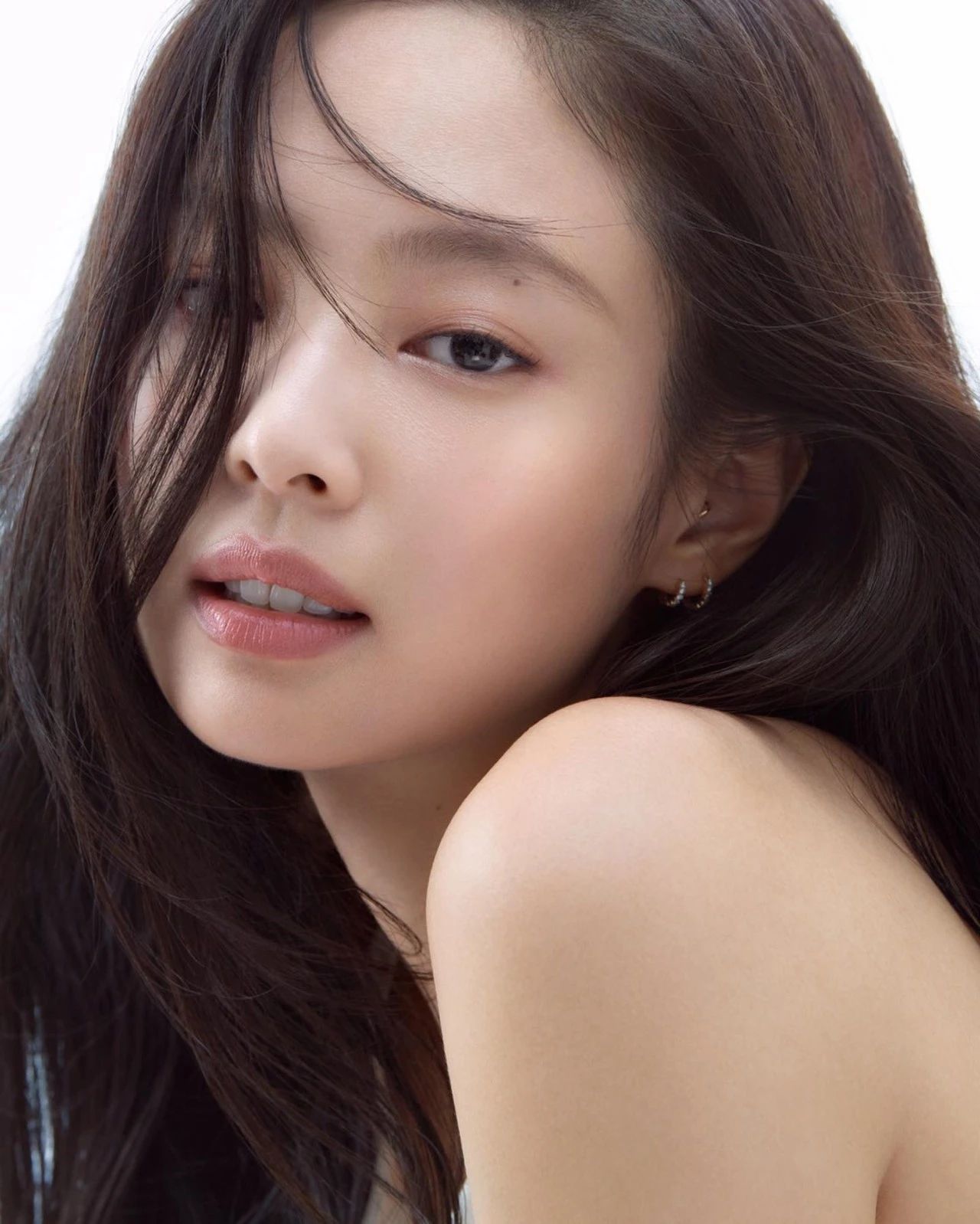
A few years ago, the aesthetic of high mountain root, high bridge of nose and exquisite nose type prevailed. Countless people followed and filled in. Unexpectedly, in an instant, low mountain root became popular.
This popular aesthetic, which is advertised and summarized by key words, always emerges one after another. Sometimes it is “low mountain root”. In the past, there were “elf ear”, “A4 waist”, “high cranial top”, “right angle shoulder”, etc……
People always need these keywords to become highlight elements to catch people's attention as quickly as possible. They appear all the time, followed by a large number of unthinking imitations.
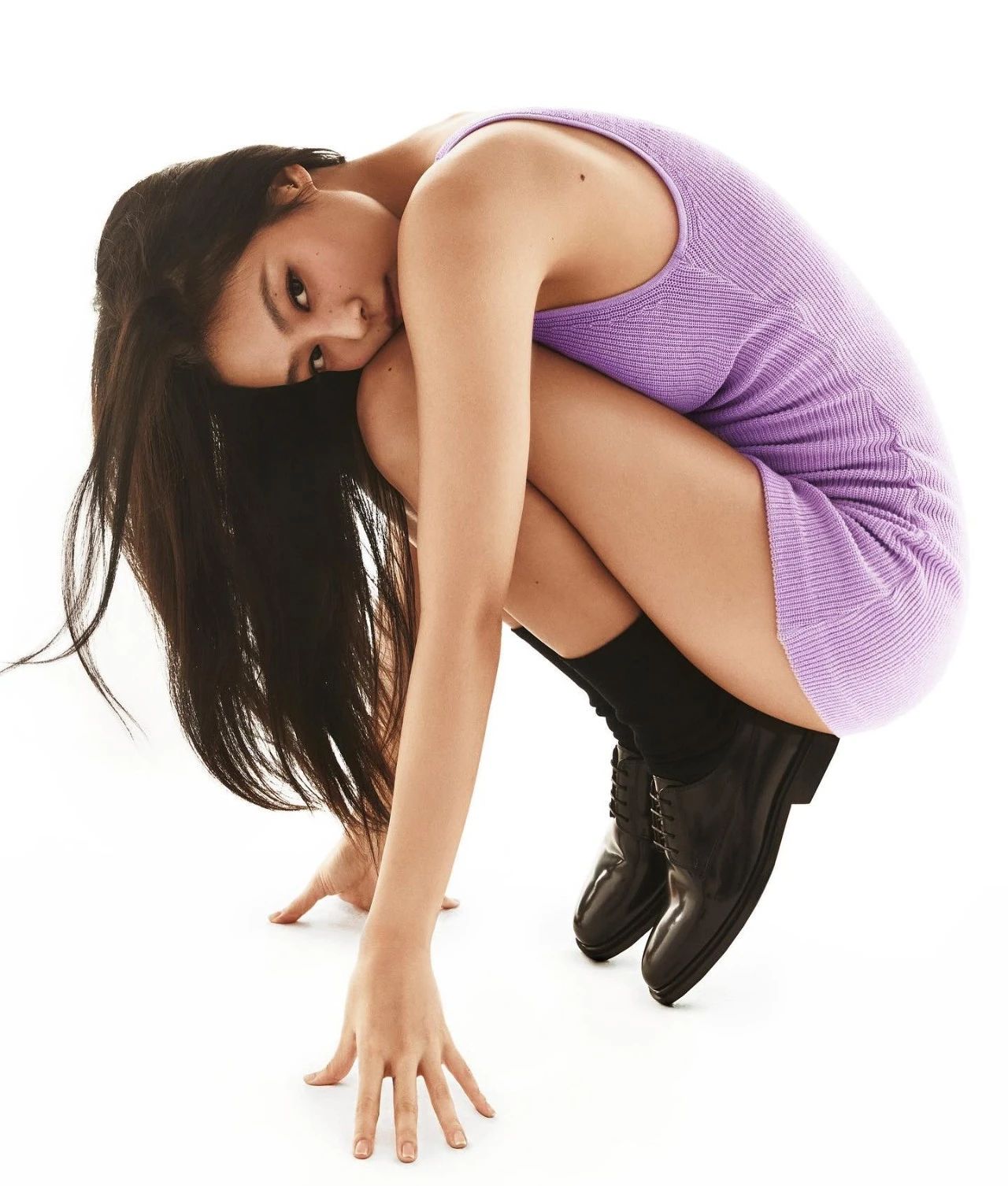
Think about it, when you look back at the first popular “elf ear”, is it not the “trickster ear” that was once unpopular in mainstream aesthetics “?
Sometimes you don't do anything, but the popular aesthetic will come to you.

Popular aesthetics are always dressed in a colorful coat. They are packaged by capital and promoted by the market. They let the public follow, imitate, and even step into the plastic surgery room, losing their original characteristics.
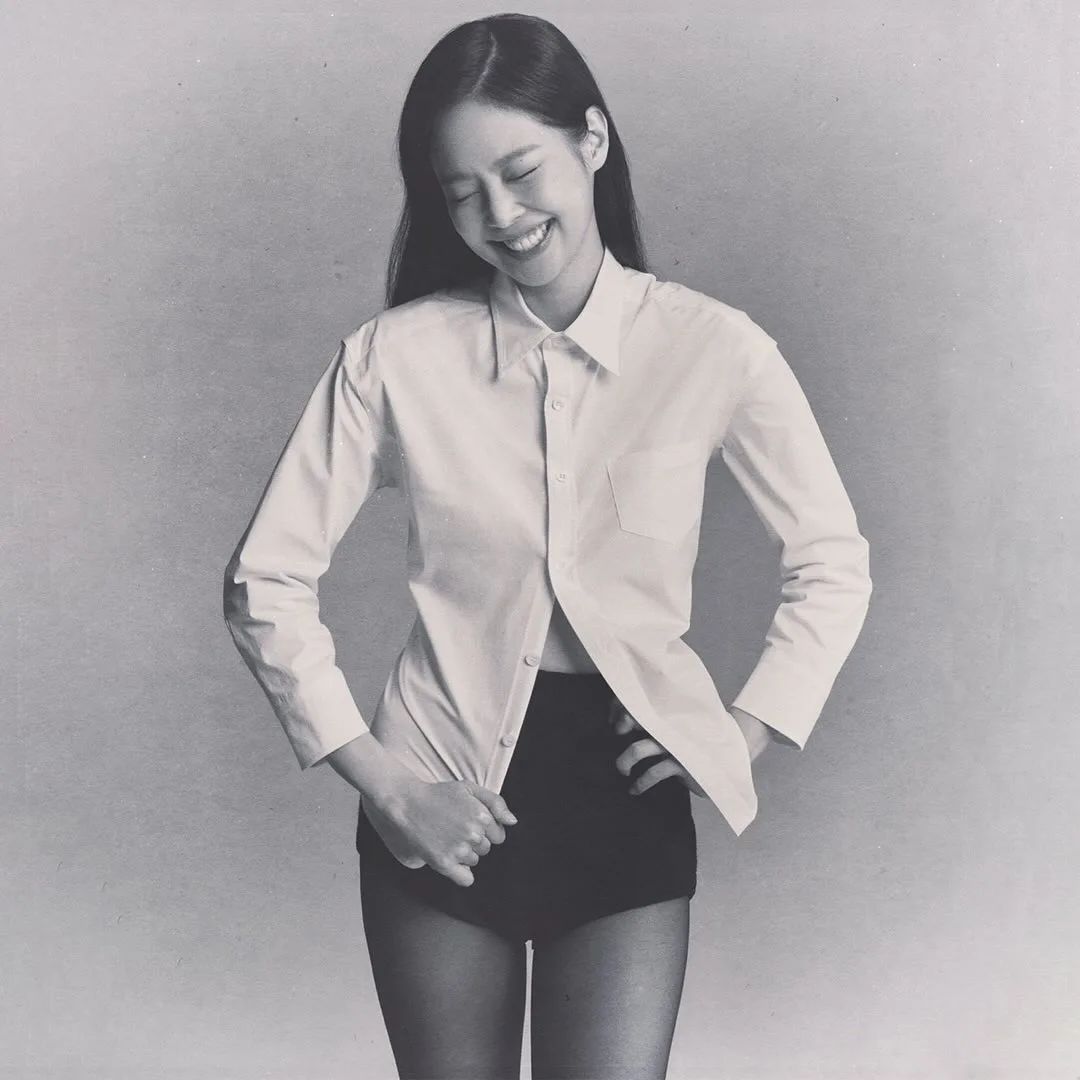
The essence of teaching people to become beautiful is still the concept of marketing. Some people are defining the standard of plastic surgery, and naturally some people are moving closer to the standard.
The cycle goes on, the appearance and the inner volume of the body make us always passively accept new demands in the public eye, and this chase seems to have no end.

Even those female stars who are infinitely close to the “perfect” standard have to be “popular” repeatedly, not to mention ordinary girls.
The Salvation of Beauty mentions, “Today, the whole digital age is shrouded by a belief that life can be measured and quantified. The movement of ‘quantified self' is also obsessed with this belief.”
The standard of beauty is not the standard of perfection
And do we also subtly accept this rule of quantification in the sight of others, and mark our appearance with precise numbers one by one?
But where do we need a new standard of beauty?
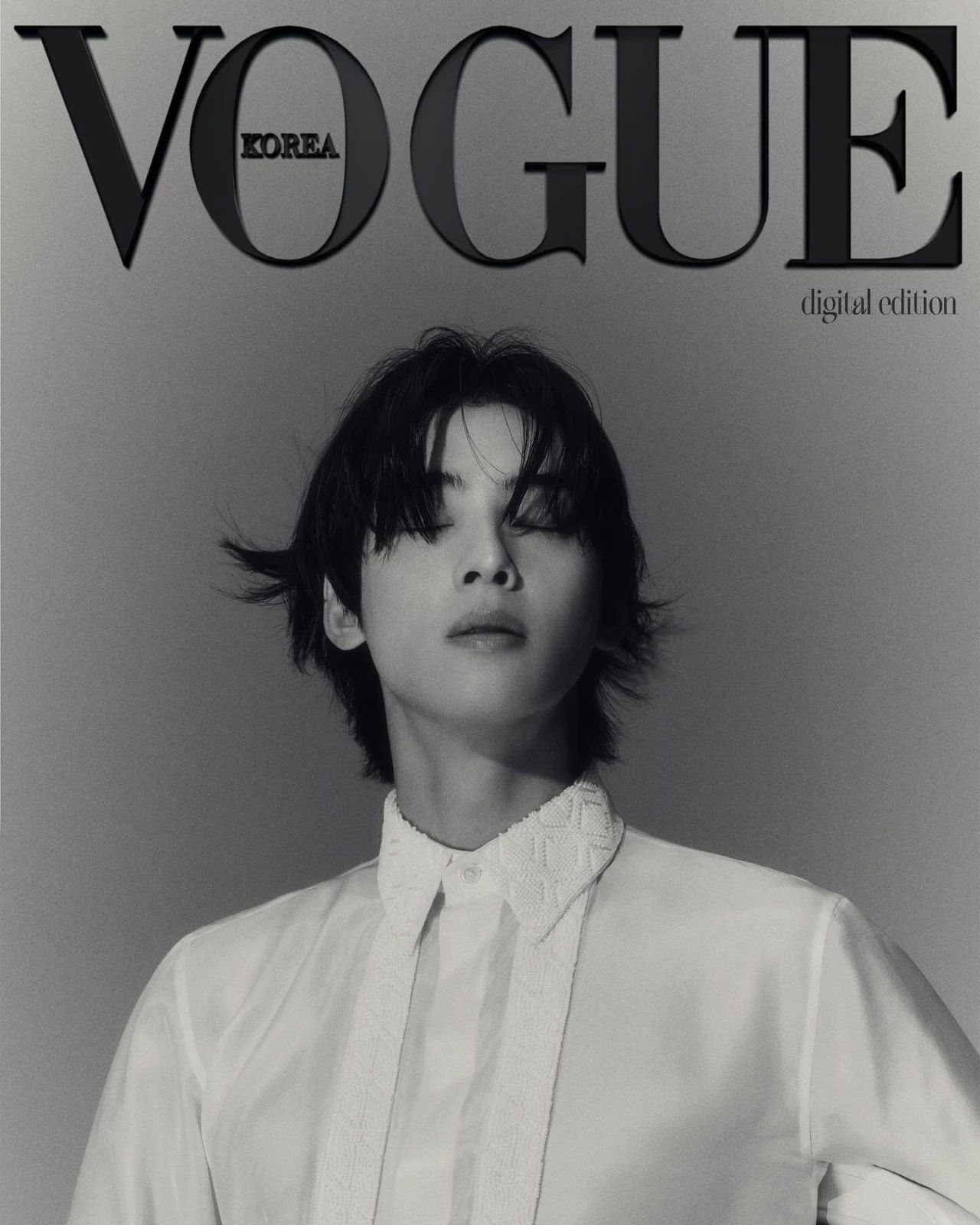
The movie Barbie, released last year, tells the world that Barbie can wear Birkenstocks instead of pink heels, has a sense of autonomy, fears death, and grows cellulite.
But it doesn't matter, after the awakening of Barbie, she wants to decide how to live in the real world, to self also want to be free.
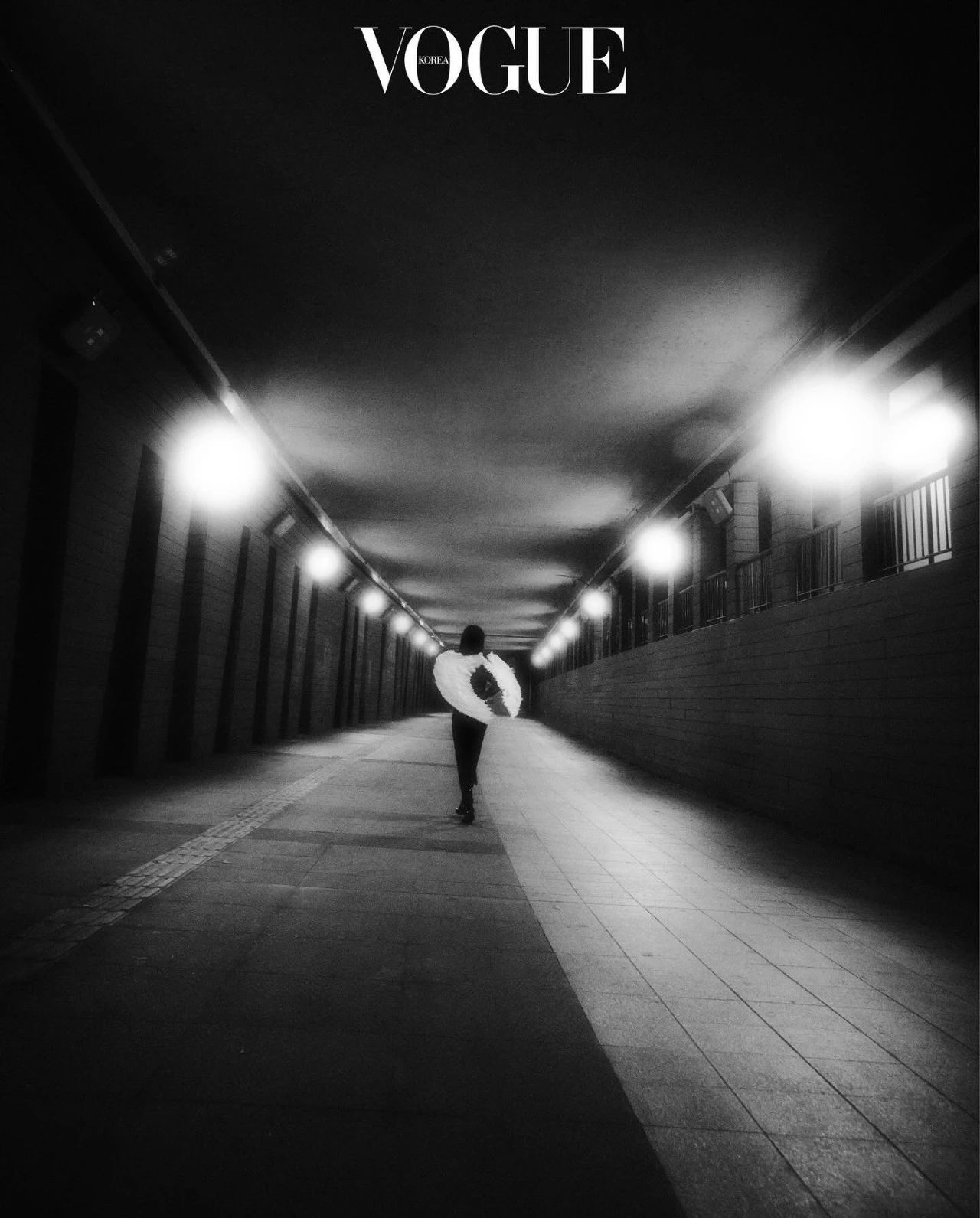
We may never be the standard of perfection, but fortunately, we can define our own standard of beauty.
(Source: Vogue)




